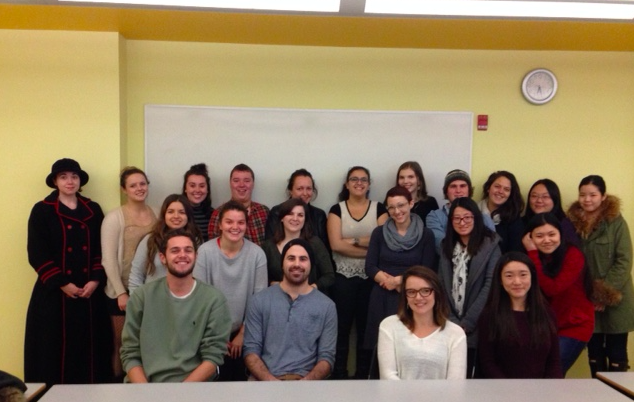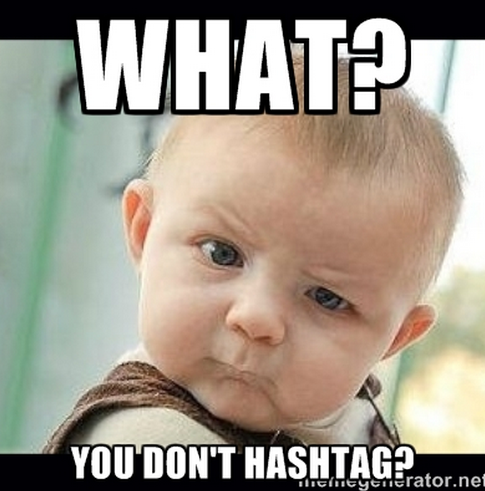Entry Level Cybersecurity Jobs Paying More than Entry Level Lawyers
While this headline might be salacious to some, it’s reality. By 2021 there will be a global shortage of cybersecurity professionals that is estimated to reach 3.5 million. This is significant in that cybercrime is also increasing and shows no sign of slowing down. As a result, if you graduate with a degree that you can leverage for a cybersecurity job, you will be paid as much or more than an entry level lawyer.
To discuss the global labour shortage, I recently had the pleasure of interviewing Steve Morgan of Cybersecurity Ventures, the world’s leading researcher and publisher covering the global cyber economy — and a trusted source for cybersecurity facts, figures, and statistics. We had a great conversation and this blog is part one of a two-part series.
MacLean: Steve, thank you for taking the time to talk to me today. I know how passionate you are about sharing information so let’s get started. As we know, cybercrime is not going away, it’s only increasing. What concerns you most about the global labour shortage?
Steve Morgan, Cybersecurity Ventures
Morgan: What troubles me most is unlike some specific cyber threats that we see, I don’t really see an answer or solution for the workforce shortage. Situationally we hear vendors speak to certain market sectors such as Artificial Intelligence and technology as the solution. Every vendor speaks to technology being the solution for the workforce shortage, but it is not helping. We are still behind the eight ball and it’s getting worse. People need to think differently for the solution.
MacLean: Your research shows that cybercrime is predicted to reach $6 trillion by 2021. How do we help get the message out that there are tremendous opportunities for people in this sector?
Morgan: Cybercrime is an epidemic that is getting larger and larger every year. Black hat hackers are getting better and they have no rules. The unemployment rate for cyber sits at zero percent right now. I think that some of the issues arise from people not being informed. Quite frankly schools are not informed. Raytheon did a study in the US that stated that two thirds of students have never been spoken to by a parent or a school about cybersecurity. This is concerning.
MacLean: Do you think this has a lot to do with people not understanding the issues and/or the fact that they may not be able to articulate the complexities of cybersecurity?
Morgan: Absolutely! When you go out to dinner with people and start talking about cybersecurity, you just lose them. They have a very, very general knowledge of computer science and what kids might be looking at jobs for graduation. In terms of cybersecurity however, they just don’t get it and they, themselves are at risk on their own media as they don’t realize just how at risk they are. In general the industry, media and others have not done a good job at articulating the issues.
“LESS TIME IN UNIVERSITY, HIGHER STARTING SALARIES RESULTS IN LESS DEBT AND MORE JOB OPPORTUNITIES WHERE EVER YOU WANT TO WORK.
MacLean: So, you raise an excellent point. We – as a collective in the industry – need to develop educational messages for the average consumer. We need to educate parents so they are better informed. Are parents the best point of contact?
Morgan: Parents aren’t the only point of contact, but they are an important one for young kids. They speak to their kids about what they are struggling with or what excites them. And most parents, not having the foundation of knowledge, would likely give their kids a blank stare if asked about careers in cybersecurity.
MacLean: Your website provides a wealth of information. It really is a wonderful resource for educators, marketers, journalists, etc. to use. Is there any issue with people sharing your content?
Morgan: Absolutely not. We want to educate the market. We make it easy to access the information and to share it. When quoting our research, Cybersecurity Ventures should also be cited as the source — and we recommend a hyperlink for the benefit of readers.
MacLean: What other ways can we reach kids?
Morgan: A few months ago I saw something that can really make a big difference and can reach moms – not that dads aren’t important – it’s just that moms spend more time with their kids. Palo Alto Networks signed an agreement with the Girl Scouts of America. It is a well thought out strategy that gets girls focused on cybersecurity. This of course directly gets the girls thinking and learning about cybersecurity and the key is, it involves the mothers. This won’t work without the mothers being involved. I thought it was brilliant. We need to reach those kids in the US and really around the world. We need kids leaving the 11th and 12th grade thinking about this field.
—
There’s no doubt that we need to change the dialogue and provide more information so that we can overcome the global shortage of cybersecurity professionals. This is not something that can be done in isolation. We must work together.
To learn more about how TaylorMade Solutions can help you collaborate, contact us today.
[Editor’s Note: a version of this blog previously appeared on the CyberNB Blog.












